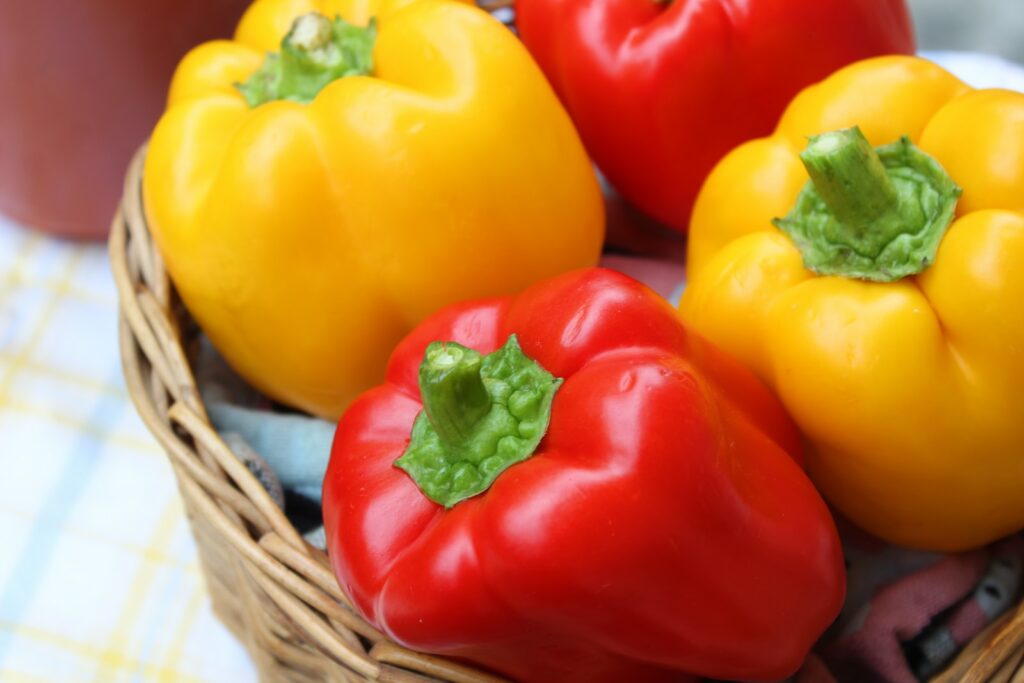
Bell peppers are a common vegetable in many households and are a great source of vitamins and minerals. However, some gardeners may notice that their bell peppers are not growing to the expected size. This can be frustrating and may leave them wondering why their bell peppers are so small.
One reason why bell peppers may be small is due to the lack of nutrients in the soil. Bell peppers require a lot of nutrients to grow, such as nitrogen, phosphorus, and potassium. If the soil is lacking in these nutrients, the plants may not be able to grow to their full potential, resulting in small peppers.
Another reason for small bell peppers could be due to improper watering. Bell peppers require consistent watering, but not too much or too little. Overwatering can lead to root rot and stunted growth, while underwatering can cause the plants to wilt and produce small peppers. It’s important to find the right balance when watering bell pepper plants to ensure they grow to their full potential.
Table of Contents
Understanding Bell Pepper Growth
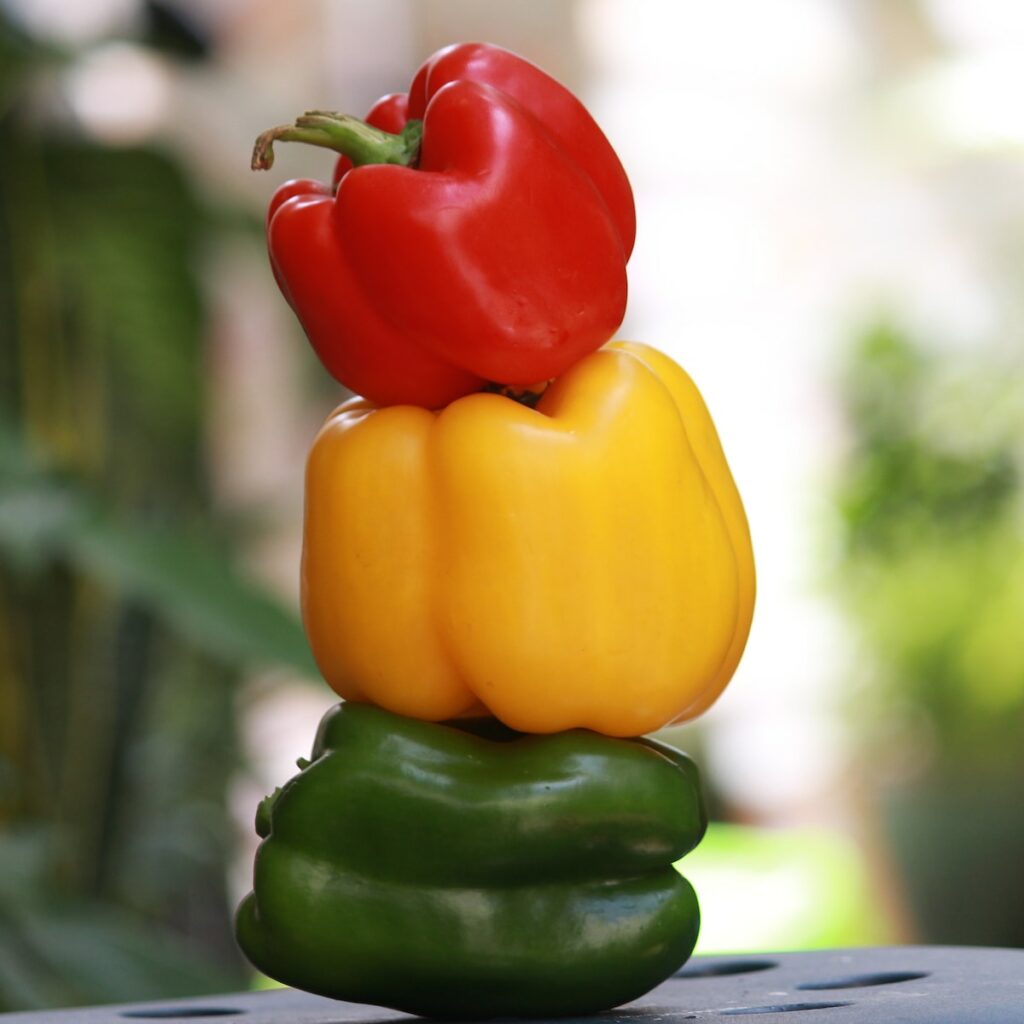
Bell peppers are a popular vegetable that can be grown in home gardens or on a large scale. Understanding the growth process of bell peppers is essential for producing healthy and fruitful plants. There are several factors that can affect the growth of bell peppers, including stunted growth and the variety of the plant.
When growing bell peppers, it is important to start with healthy young plants or pepper seeds. The plants should be grown in well-drained soil and receive plenty of sunlight. Bell peppers grow best in warm temperatures and can be grown in containers or directly in the ground.
The growth of bell peppers starts with the main stem, which produces lateral stems that will eventually produce fruit. As the plant grows, it will develop a bushy structure, which is important for producing a higher yield of fruit. Pruning the plant can help to encourage a bushy structure and prevent stunted growth.
There are several varieties of bell peppers, each with their own unique growth patterns. Some varieties may produce smaller fruit, while others may produce larger fruit. It is important to choose a variety that is suitable for your growing conditions and desired yield.
In summary, understanding the growth process of bell peppers is essential for producing healthy and fruitful plants. It is important to start with healthy young plants or seeds, grow them in well-drained soil with plenty of sunlight, and encourage a bushy structure through pruning. Choosing the right variety for your growing conditions and desired yield can also play a crucial role in the growth of bell peppers.
Importance of Proper Watering
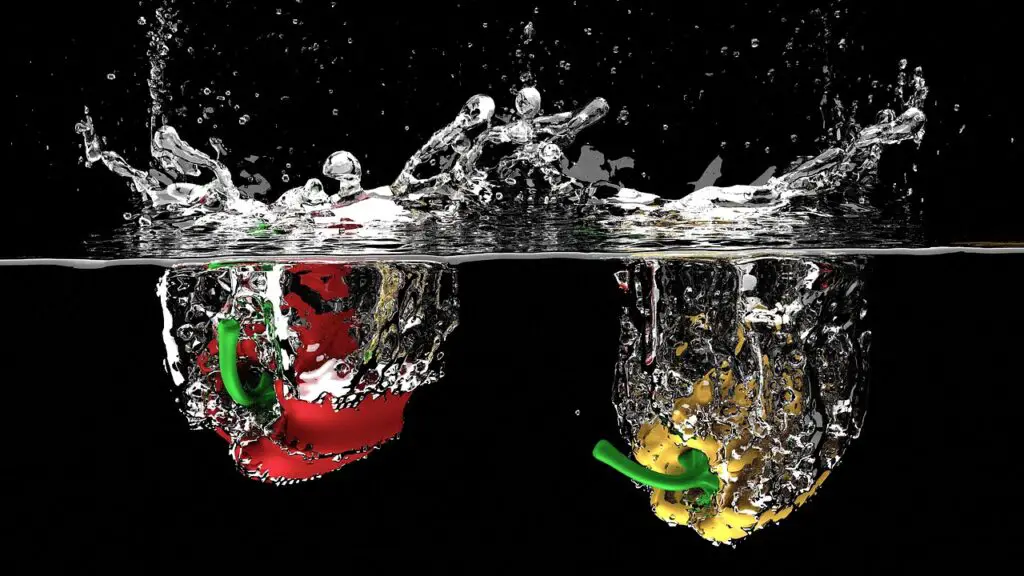
Bell peppers require proper watering to grow to their full potential. Water is essential for plants to absorb nutrients and grow. Inconsistent watering can lead to stunted growth and small fruit. Overwatering can cause root rot and other diseases, while underwatering can cause the plant to become stressed and produce small fruit.
Overwatering and Underwatering Issues
Overwatering can lead to root rot, which is a fungal disease that can kill the plant. Root rot occurs when the roots are constantly saturated with water and cannot get the oxygen they need to survive. The leaves of the plant may turn yellow or brown, and the plant may wilt or die.
Underwatering can cause the plant to become stressed and produce small fruit. When a plant is underwatered, it cannot absorb enough water and nutrients to grow properly. The leaves may become dry and brittle, and the plant may wilt or die.
To avoid overwatering or underwatering, it is important to water the plant consistently. A drip hose is an effective way to water plants consistently without over or underwatering. A drip hose delivers water slowly and evenly to the plant’s roots, allowing the plant to absorb the water and nutrients it needs to grow.
In conclusion, proper watering is essential for growing healthy bell peppers. Overwatering or underwatering can lead to stunted growth and small fruit. A drip hose is an effective way to water plants consistently without over or underwatering.
Role of Soil and Nutrients
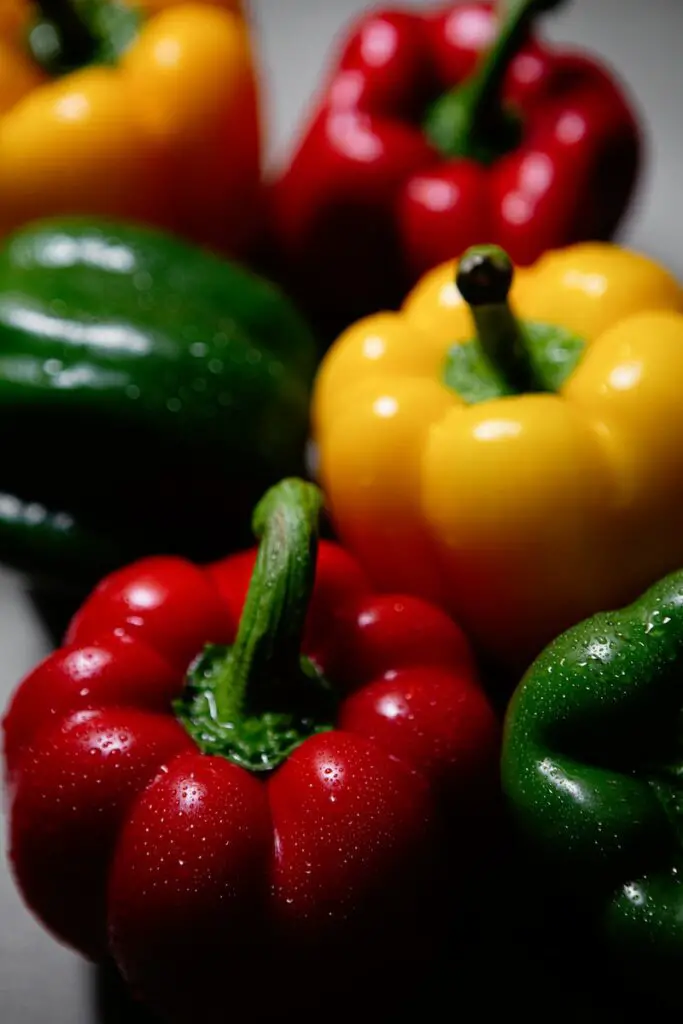
Soil Conditions
The quality of soil has a significant impact on the growth of bell peppers. The ideal soil for bell peppers should be well-draining, fertile, and rich in organic matter. Poor soil conditions, such as compacted soil or soil with low organic matter content, can lead to stunted growth and smaller fruits.
Potting soil can be an excellent option for growing bell peppers in containers. It is specially formulated to provide the necessary nutrients and drainage for container gardening. However, it is essential to choose a high-quality potting soil that contains the right balance of nutrients.
Nutrient Requirements
Bell peppers require specific nutrients to grow and produce large fruits. Nitrogen, phosphorus, and potassium are the primary macronutrients that bell peppers need. Magnesium is also essential for healthy growth.
Nitrogen-focused fertilizers can help provide the necessary nutrients for bell pepper growth. However, it is crucial not to over-fertilize, as this can lead to excessive foliage growth and smaller fruits. Epsom salt can also be used as a magnesium supplement for bell peppers.
In summary, the soil conditions and nutrient requirements play a crucial role in determining the size of bell peppers. It is essential to provide the right soil conditions and nutrients to ensure healthy growth and large fruits.
Sunlight and Temperature Factors
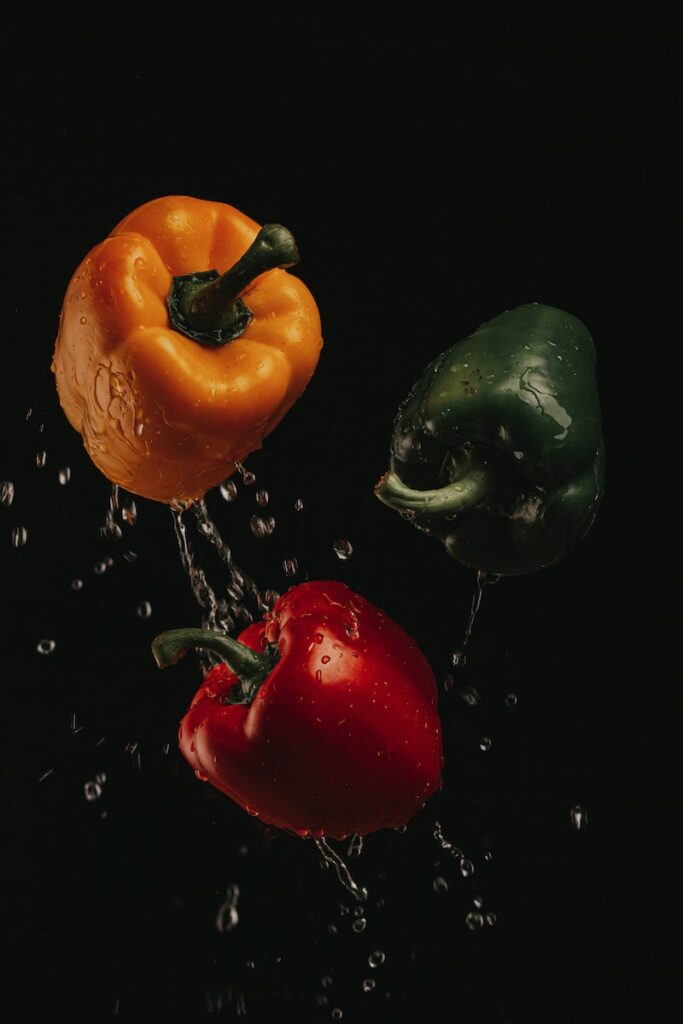
Sunlight Requirements
Bell peppers require full sun to grow properly. They need at least 6 hours of direct sunlight per day. Lack of sunlight can cause the peppers to be small in size. If the plants are not getting enough sunlight, they will not produce as many flowers, which will result in fewer peppers.
If you live in an area with limited sunlight, you can use grow lights to supplement the natural light. Grow lights can provide the necessary light spectrum for the plants to grow properly. However, it is important to note that grow lights should not be used as a replacement for natural sunlight.
Temperature Impact
Temperature also plays a crucial role in the growth of bell peppers. Warm weather is ideal for the growth of bell peppers. The plants prefer temperatures between 70°F to 80°F during the day and around 60°F at night. If the temperature is too low, the plants will not grow properly, and the peppers will be small in size.
On the other hand, if the temperature is too high, the plants will not produce as many flowers, which will result in fewer peppers. Additionally, high temperatures can cause the plants to become stressed, which can lead to smaller peppers.
In summary, bell peppers require full sun and warm temperatures to grow properly. Lack of sunlight and extreme temperatures can cause the peppers to be small in size. Grow lights can be used to supplement natural sunlight, but they should not be used as a replacement.
Disease and Pest Control
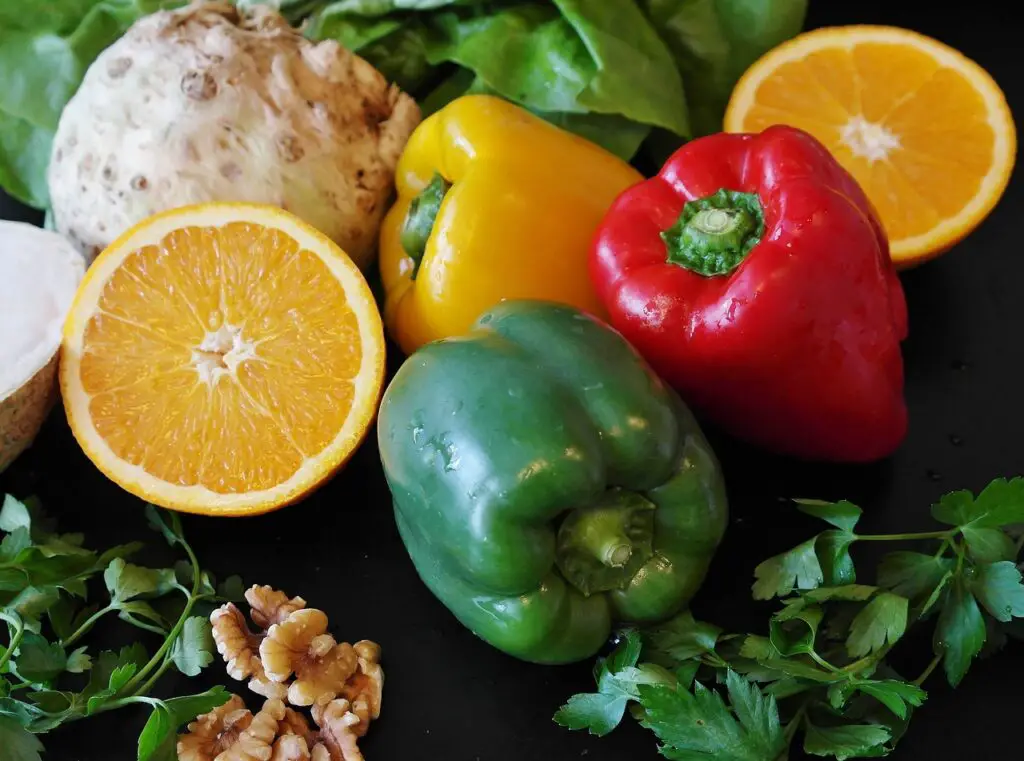
Common Diseases
Bell peppers are susceptible to several diseases that can affect their growth and yield. One of the most common diseases is root rot, which is caused by a fungus that attacks the roots of the plant. This disease can be caused by overwatering, poor drainage, or planting in soil that is too heavy. Symptoms of root rot include yellowing leaves, wilting, and stunted growth. To prevent root rot, it is important to plant bell peppers in well-draining soil and avoid overwatering.
Another common disease that affects bell peppers is blossom end rot. This disease is caused by a calcium deficiency and can be identified by a dark, sunken spot on the bottom of the pepper. To prevent blossom end rot, it is important to maintain consistent soil moisture levels and provide the plant with adequate calcium.
Pest Management
Bell peppers are also susceptible to several pests, including aphids. These small insects feed on the sap of the plant and can cause stunted growth, yellowing leaves, and wilting. To control aphids, it is important to monitor the plants regularly and remove any infested leaves or stems. Insecticidal soap can also be used to control aphids.
Another pest that can affect bell peppers is the pepper weevil. This pest feeds on the fruit of the plant and can cause small, misshapen peppers. To prevent pepper weevils, it is important to use a floating row cover to protect the plants from infestation.
In conclusion, disease and pest control is an important aspect of growing healthy bell peppers. By taking preventative measures and monitoring the plants regularly, growers can reduce the risk of disease and pest infestation and ensure a bountiful harvest.
Proper Plant Care Techniques
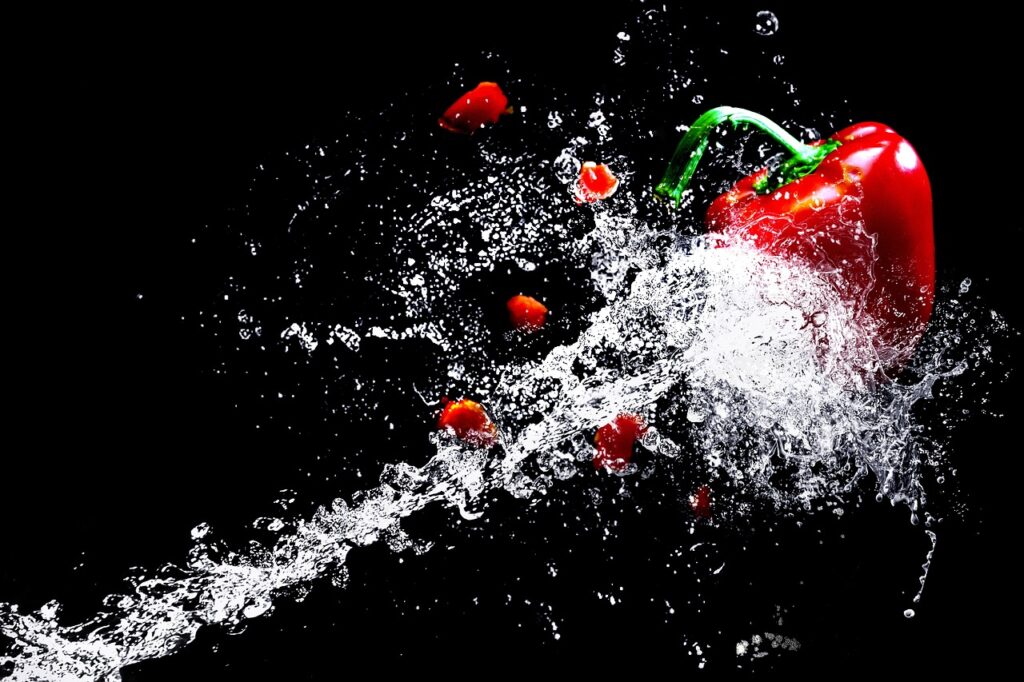
Pruning and Pinching
Proper pruning and pinching techniques can help encourage the growth of larger bell peppers. Pinching off the first sprout that appears on the plant can help redirect the plant’s energy towards the development of stronger stems and root systems. Pruning off the lower leaves of the plant can also help improve air circulation and prevent overcrowding, which can lead to smaller peppers. Additionally, removing any flower buds that appear before the plant has developed a strong root system can help ensure that the plant is able to support larger peppers later on.
Transplanting and Container Growing
Transplanting can be a key factor in the growth of healthy bell peppers. When transplanting, it is important to ensure that the root system is not damaged and that the plant is not exposed to transplant shock. Providing the plant with a nutrient-rich soil mixture and proper drainage can also help ensure optimal growth. Container growing can be a great option for those with limited garden space, but it is important to choose a container that is large enough to accommodate the plant’s root system and to ensure that the container has proper drainage. Regular fertilization and mulching can also help promote healthy growth in container-grown bell peppers.
By implementing proper pruning and pinching techniques and ensuring optimal growing conditions through transplanting and container growing, gardeners can help encourage the growth of larger bell peppers.
Overcoming Small Pepper Problems
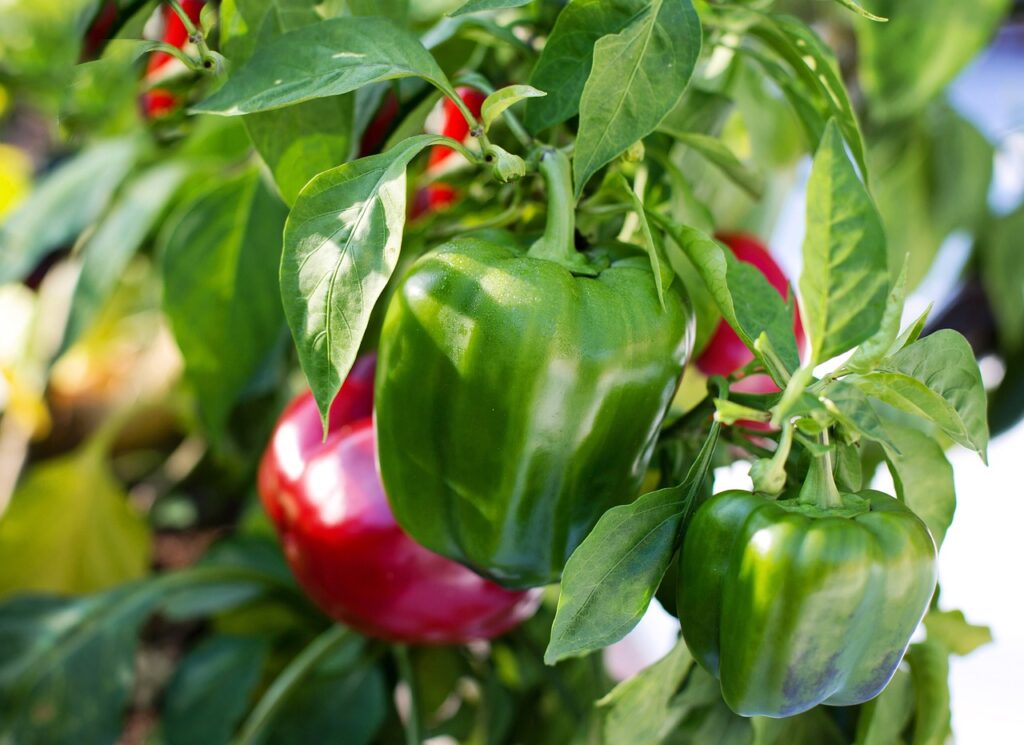
Small bell peppers can be frustrating for gardeners who have put in a lot of effort to grow them. There are several reasons why bell peppers may be small, including slow growth, insufficient nutrients, and inadequate sunlight. However, there are ways to overcome these problems and grow larger peppers.
Providing Sufficient Nutrients
One of the most common reasons for small peppers is a lack of nutrients. Bell peppers require a lot of nutrients to grow, and if they don’t get enough, they will produce smaller fruits. To overcome this problem, gardeners can add compost or fertilizer to the soil. They should also make sure that the soil pH is between 6.0 and 6.8, which is optimal for pepper growth.
Ensuring Adequate Sunlight
Bell peppers need at least six hours of sunlight per day to grow properly. If they don’t get enough sunlight, they will produce smaller fruits. To overcome this problem, gardeners can plant peppers in a location that gets full sun. They can also prune nearby trees or bushes that may be blocking the sunlight.
Watering Properly
Bell peppers need consistent moisture to grow properly. If they don’t get enough water, they will produce smaller fruits. However, if they get too much water, the fruits may be watery and less flavorful. To overcome this problem, gardeners should water peppers regularly, but not excessively. They should also make sure that the soil drains well.
Choosing the Right Variety
Some bell pepper varieties naturally produce smaller fruits than others. If a gardener is consistently getting small peppers, they may want to try a different variety. Some varieties that are known for producing larger fruits include ‘Big Bertha,’ ‘California Wonder,’ and ‘Giant Marconi.’
In conclusion, small bell peppers can be overcome by providing sufficient nutrients, ensuring adequate sunlight, watering properly, and choosing the right variety. Gardeners should also be patient and give their peppers time to grow. With the right care, they can produce larger and more flavorful fruits.